#{Title}
#{Copy}
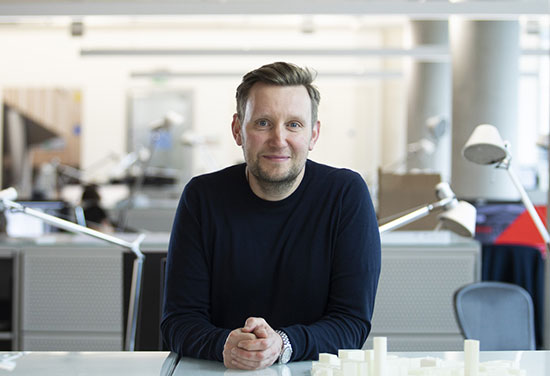 Architect Director, Chris Oates explains how new cancer centres are blurring the boundaries between personalised treatment and research, leading to new and improved treatment options for the future.
Architect Director, Chris Oates explains how new cancer centres are blurring the boundaries between personalised treatment and research, leading to new and improved treatment options for the future.
Cancer treatment has come a long way since the 1970s, with precision medicine and immunotherapy therapies doubling survival rates. One of the latest advancements in cancer treatment is personalised therapy, which targets the mutation in tumour cells at a molecular level, treating the disease systemically. As clinical treatment continues to evolve, so too does the environment in which cancer care is delivered. Individual flexible chemotherapy bays enable patients to control their own environment, choose the level of interaction that suits them, and receive treatment in the comfort of their own homes. Inpatient rooms at cancer centres have been designed to ensure patients have plenty of privacy and space, which can be personalised to individual needs. Production Pharmacies co-located on hospital sites allow individualised medicines to be created locally for patients.
One such cancer centre is the new Clatterbridge Cancer Centre in Liverpool, completed in 2020. The hospital has 110 single inpatient beds and delivers a wide range of highly-specialist cancer care including chemotherapy, immunotherapy, gene therapy, and radiotherapy. Every inpatient has their own single en-suite room, reducing the risk of infection, and patients can personalise their space. The stepped massing to the prow of the building creates landscaped terraces which allow patients to access nature and fresh air.

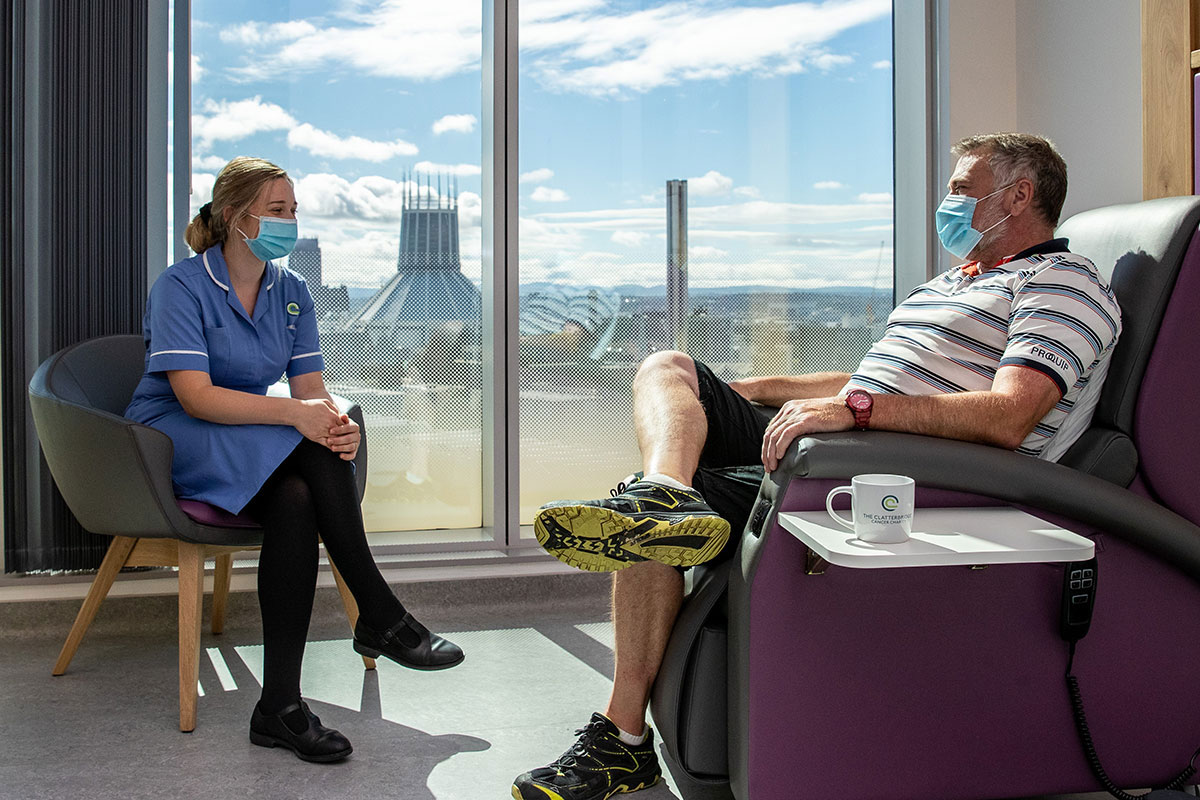
The pharmacy department is located within a purpose-built facility that houses five isolators and a gene therapy isolator. The core business of the department is the production of sterile chemotherapy products for patients at the Centre, satellite clinics and private patients. Other services include the organisation and management of clinical trials. Earlier this year, a man became the first in the UK to receive a new cancer vaccine designed to help his immune system ward off head and neck cancer permanently. The clinical research team at The Clatterbridge Cancer Centre had given the patient an injection of a therapy tailor-made to his DNA.
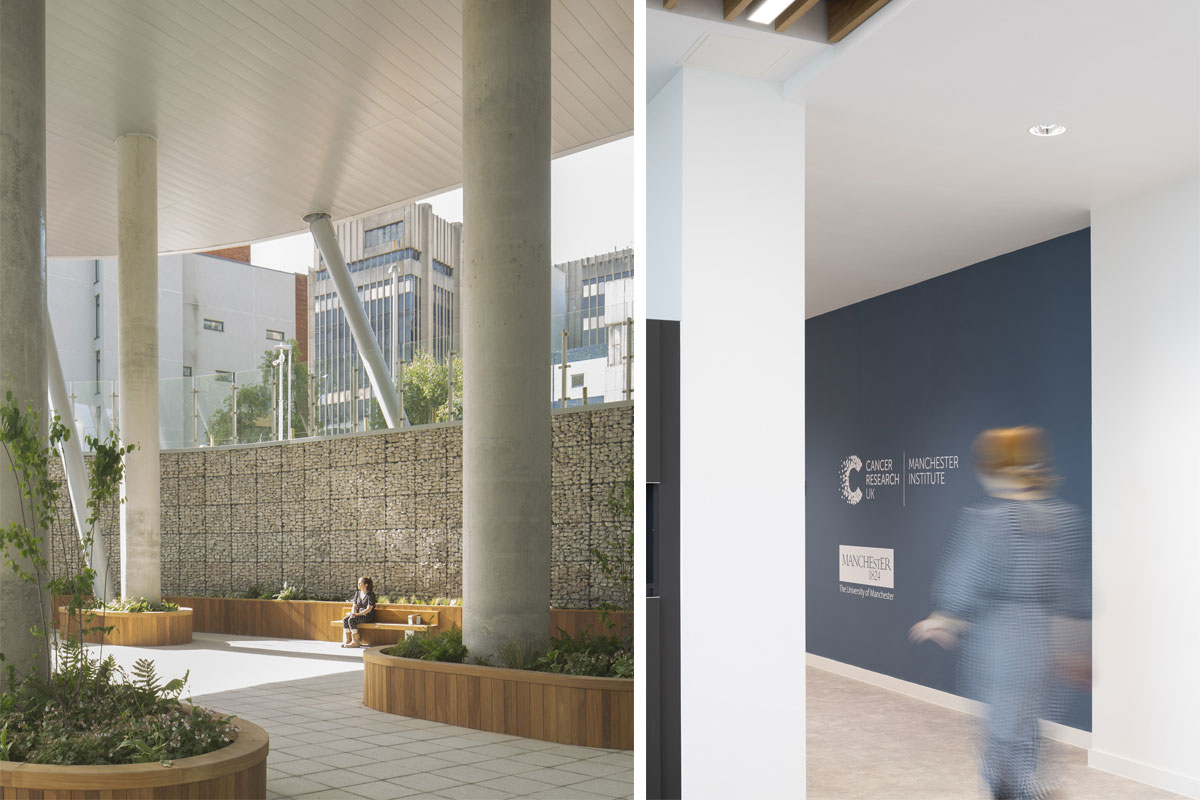
The Paterson Replacement Project (PRP) in Manchester aims to deliver a world-class research facility on The Christie Withington site. The new building will be part-7 and part-10 storeys in height and enable multiple teams engaged in the “research pipeline” to be co-located into a single facility and physically linked to a world-leading cancer hospital with ease of access to patients. The breadth of the activity will be expanded with specific public and patient focused themes to work on prevention, early identification of cancer and living with cancer, which will accelerate progress towards realising the ambition to become a ‘Top 5’ translational cancer research centre in the world by 2025.
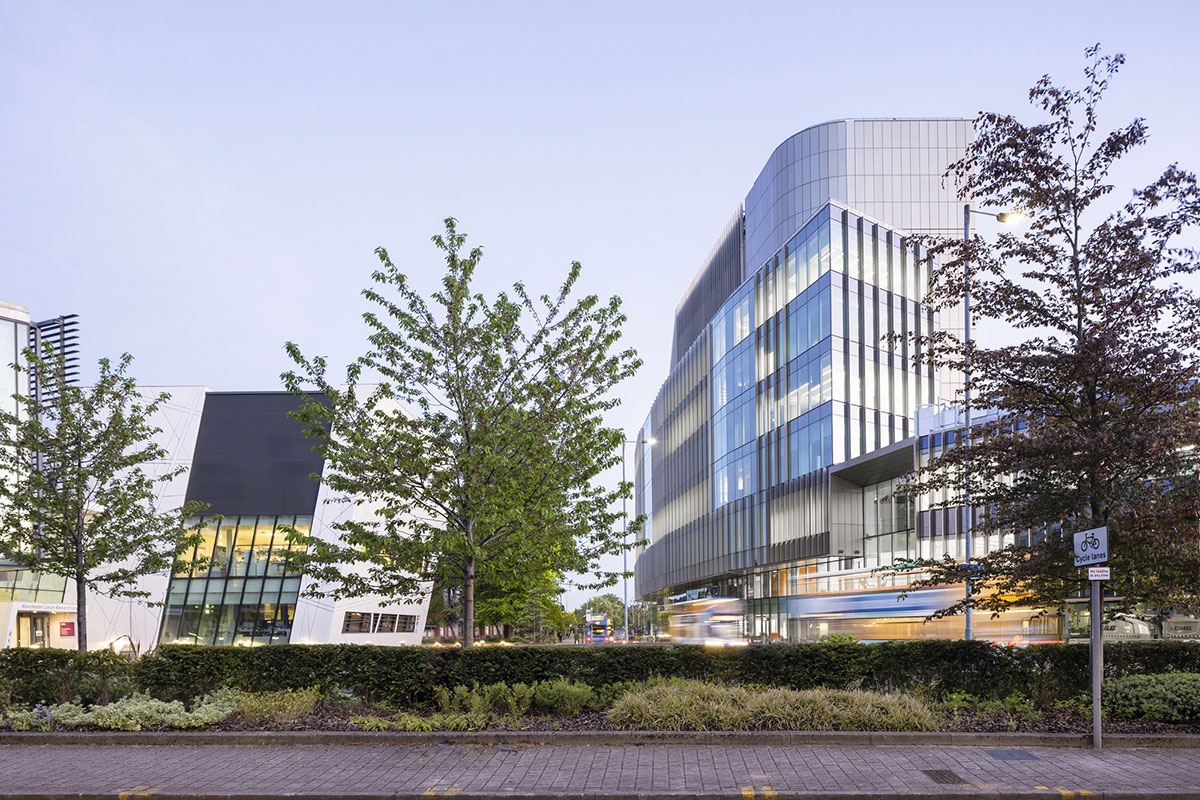
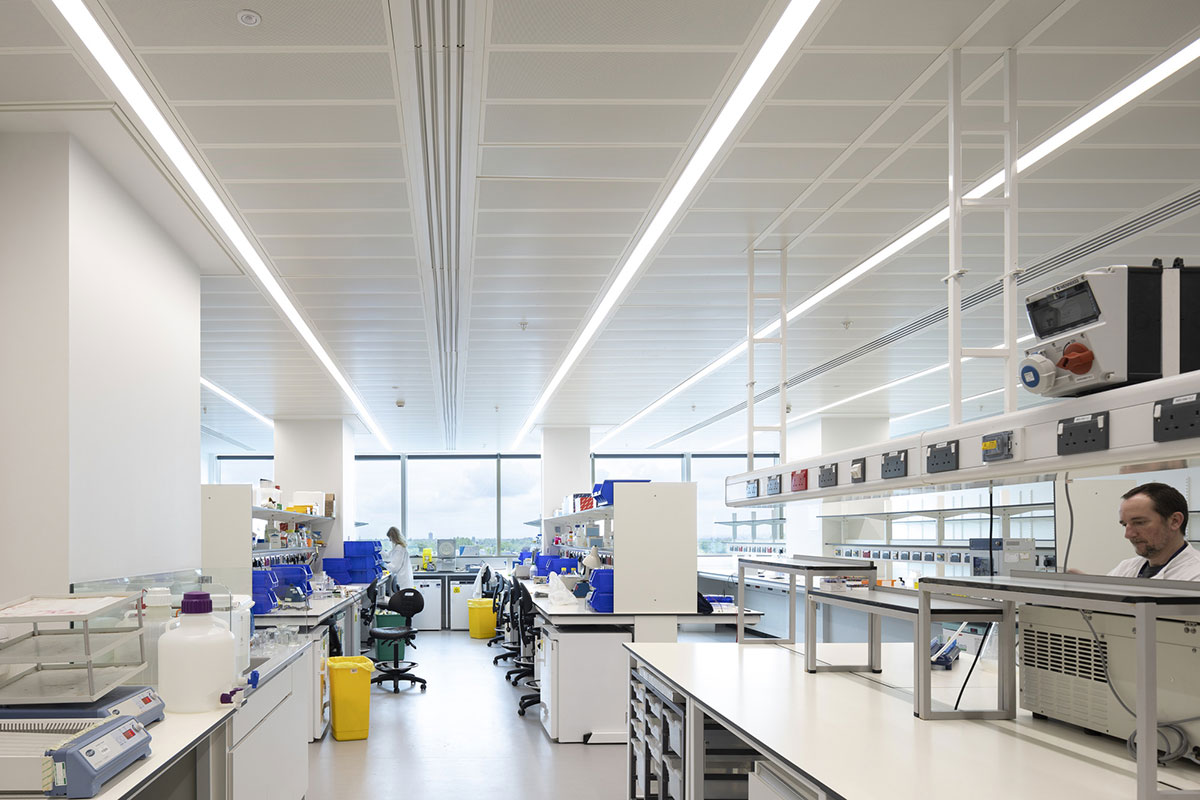
These centres are blurring the boundaries between personalised cancer treatment and research, creating a completely personalised approach to treatment, which has numerous positive effects. Personalised treatment reduces the risk of side effects, as treatment is tailored to individual patients. It also reduces the duration of treatment and enhances quality of life, as patients receive only the drugs that work for them, rather than a one-size-fits-all approach. Personalised research increases knowledge and understanding, leading to new and improved treatment options for the future. Overall, the development of personalised cancer treatment and research is revolutionising cancer care, offering patients a better chance of recovery and a higher quality of life.